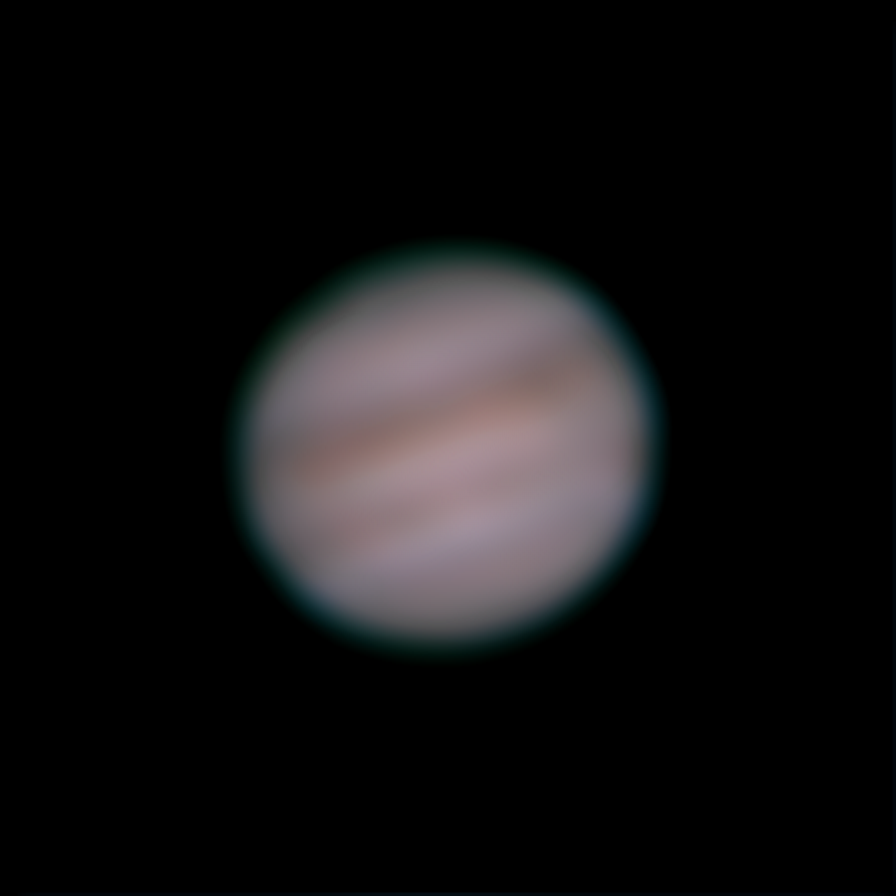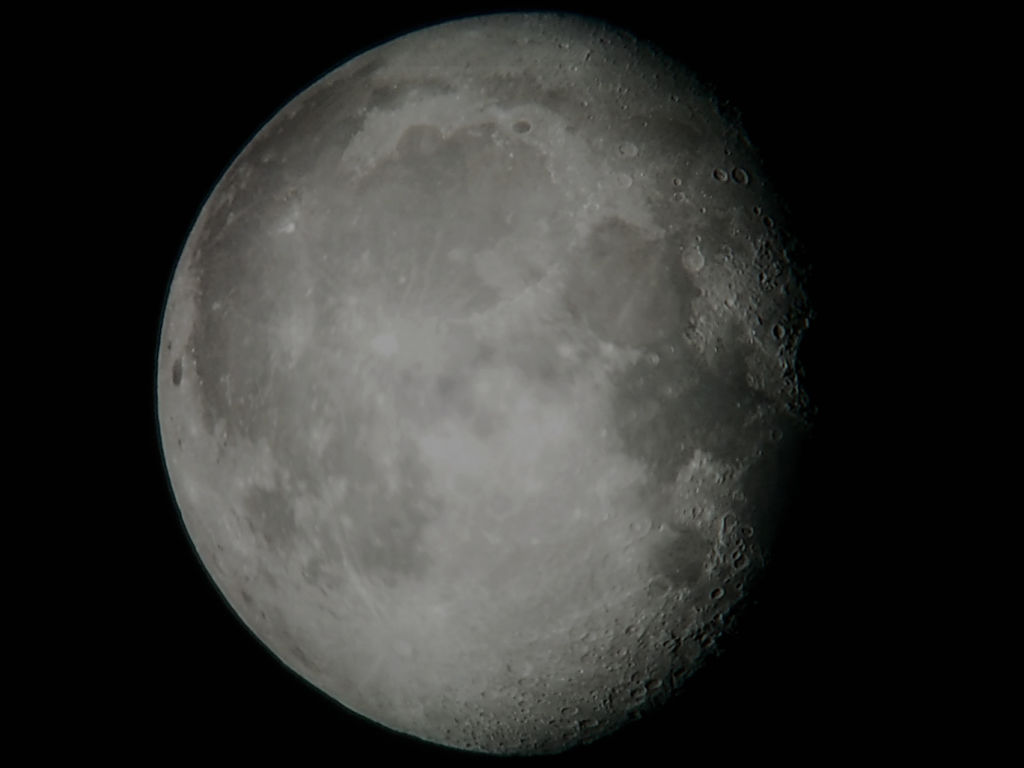Parade of planetary delights in the night sky

Enjoying the fantastic skies over the Essex coast for a planetary parade. Had a great night of stargazing and practicing planetary astrophotography.
Overjoyed to catch Jupiter, Saturn, Mars, as well as the Pleiades (nebula), Andromeda, the stunning Moon and a heap of shooting stars as the Perseids ramp up.
The night sky is full of activity at the moment if you get a clear evening – all visible with the naked eye. Binoculars or a telescope would give you a really good view!
Parade of planets
A parade of planets start as the Sun sets – looking to the South-East. The planets start with Jupiter, then Saturn – both clearly visible as the brightest objects in the sky at dusk. Next up is Mars – rising around 11pm. Venus rises around 2am and finally Mercury around 5am, but careful of the sun!
These all rise in the South East and moving to the right/South West. With binoculars you’ll find that you should be able to clearly see Jupiter’s four Galilean moons (Io, Europa, Ganymede, Callisto) and Saturn’s biggest moon, Titan.
Practicing planetary astrophotography
Absolutely delighted to get the clear skies and practice some more planetary astrophotography. As a complete beginner, managing to catch three planets in a single night is a real win. Not to mention, be able to spend some time with Andromeda, the Pleides while catching some Perseids.
Also presented an ideal opportunity to learn and practice planetary astrophotography processing. Learning more all the time – and have to give a thanks to the twitter astrophotography group in particular with some fantastic tips and advice for planetary astrophotography and the subsequent image processing.
Perseids ramping up to their peak
There are are already regular meteors – these becoming more frequent until the peak on 12 August.
To catch the Perseids in all their glory find some clear, dark skies and look North-North-East. Tuesday night, 11 August 2020, will be the best opportunity for watching. They actually peak Wednesday afternoon, but the forecast quickly deteriorates – so Tuesday so is the best chance to catch them.
Please take a look at my other beginner’s astronomy guides, follow my beginner’s journey or join me on twitter.



